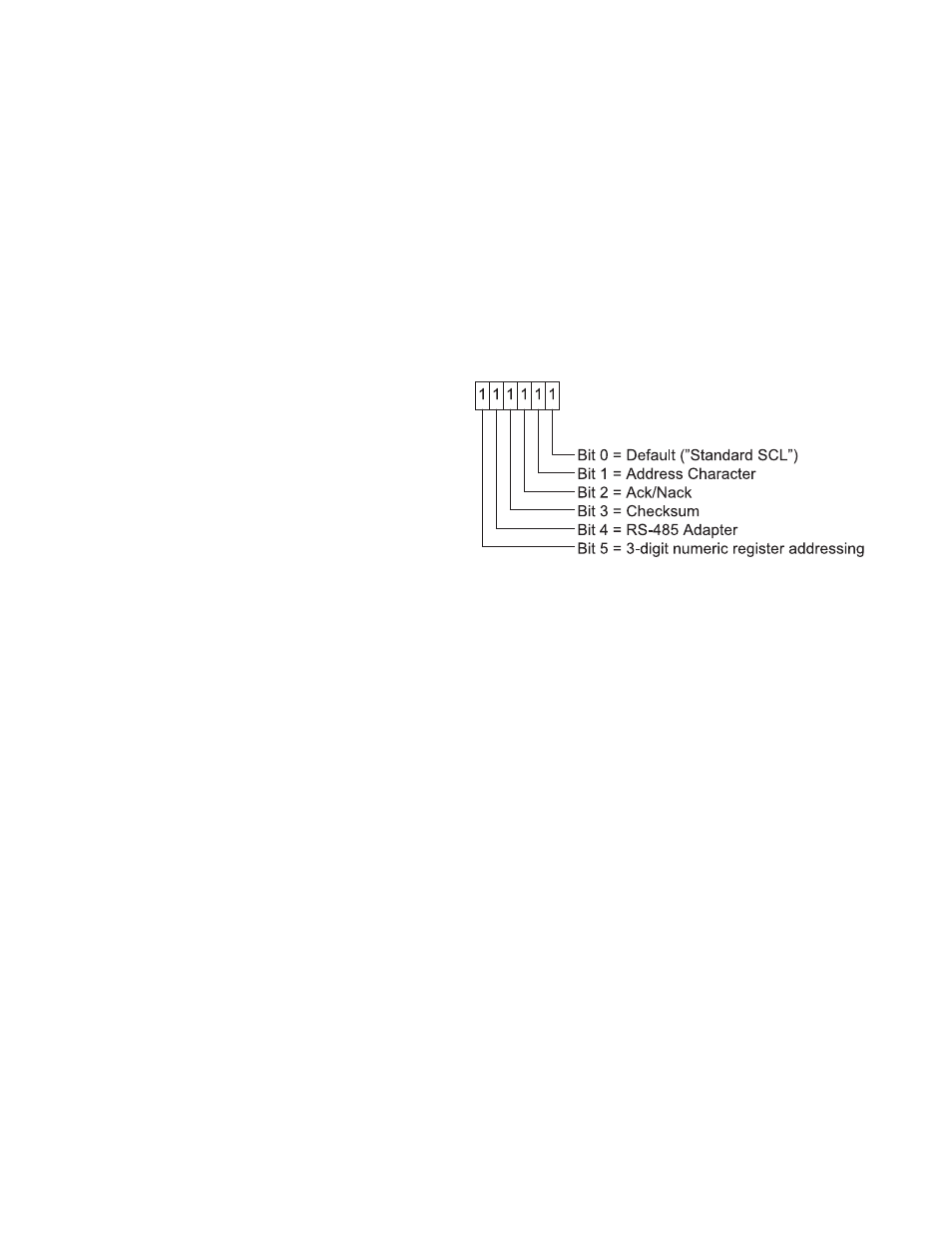Appendix d: the pr command, The pr command in detail, Bit 0 - default (“standard scl”) – Applied Motion RS-232 User Manual
Page 249

249
920-0002 Rev. I
2/2013
Host Command Reference
Appendix D: The PR Command
Because of the intense nature of serial communications required in host mode applications, you are allowed
to adjust a drive’s serial communications protocol to best fit your application. This adjusting of a drive’s serial
communications protocol is done using the PR command.
Typically the PR command is used one time when configuring a drive and saved as part of the startup
parameters (use SA command to save startup parameters). However, it can be changed at any time to
dynamically alter the serial communications.
The PR command works by sending the decimal equivalent of a 6-bit binary “word”. Each bit in the word
represents a different setting of the serial communications protocol. These settings are additive, meaning when
you set a bit to “1”, or turn it on, you are adding the functionality of that setting to the serial protocol. Think of this
6-bit word as a bank of 6 dip switches. You can turn each dip switch on or off, and in doing so add or subtract a
particular setting from the overall protocol.
The PR command in detail
The diagram to the right shows the assignments
of each of the 6 bits in the protocol word. Remember
that when you use the PR command the parameter
that you send along with the command code (PR) is
the decimal equivalent of this binary word. Below are
the details of each of the bits and the settings they
are assigned to.
Bit 0 - Default (“Standard SCL”)
PR cannot be set to 0, so if no other bits in the PR word are set to 1 then at least bit 0 must be set to
1. Setting Bit 0 to 1 when any other bits are also set to 1 has no effect on the communications protocol. For
example, PR4 (bit 2 set to 1) is the same as PR5 (bits 0 and 2 set to one). With only bit 0 set to 1, when
commands that do not request returned data are received by the drive no other response is sent from the drive. In
other words, the drive will only send a response to commands that require a response.
Send data Examples:
Command
Drive Sends
Notes
DI8000
-
Global set distance to 8000 counts or steps
1DI8000
-
Drive with address “1” set distance to 8000 counts or steps
Request data Examples:
Command
Drive Sends
Notes
DI
DI=8000
Global distance request
1DI
1DI=8000
Drive with address “1” responds with distance
Bit 1 - Address Character (always send address character)
With this option set (Bit 1=1) a drive’s address character will always be included in the response packet
along with any requested data.
Send data Examples:
Command
Drive Sends
Notes
VE50
-
Global set velocity to 50 rps
1VE50
-
Drive with address “1” set velocity to 50 rps
Request data Examples:
Command
Drive Sends
Notes
VE
1VE=50
Drive responds with address “1” and velocity to global
